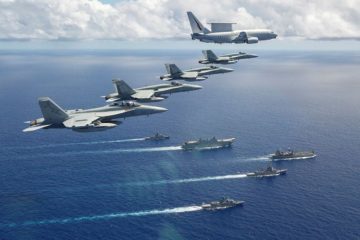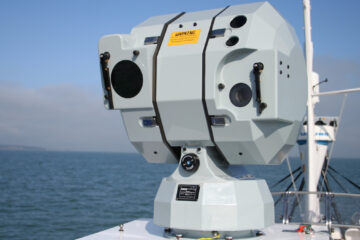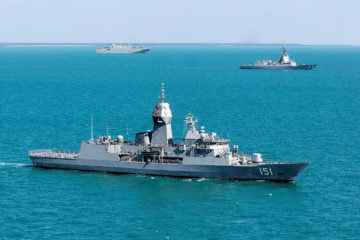Australian DoD press release
Chief of the Royal Australian Navy Vice Admiral Michael Noonan said the milestone ushered in a new era for Navy:
“Navy’s three Hobart-class destroyers use a number of systems in common with the US Navy, which allows our ships to be fully interchangeable with the most advanced allied naval force in the Indo-Pacific region. Australian destroyers are a key contribution to the Australia-United States alliance and will be employed in maintaining the peace and prosperity of our region for the next 30 years. Due to the ever-changing strategic environment, the Hobart class will continue to be upgraded with the latest weapons and sensors over coming years in order to maintain a capability edge.”
Vice Admiral Noonan
About 5000 skilled Australians have worked for or on the Air Warfare Destroyer program over the past decade, and more than 2700 different suppliers were involved in Sydney’s construction.
Sydney returned to Australia in July after a successful test period, which included missile firings against low-altitude and supersonic targets.

Vice Admiral Noonan said the Hobart-class Air Warfare Destroyers were the most capable warships in Australia’s naval history.
“They are equipped with layered defensive and offensive capabilities for above water, surface and undersea warfare. Our destroyers are a force multiplier for the Australian Defence Force and a key element of the Joint Force Integrated Air and Missile Defence capability.”
-End-
About Hobart-class Destroyers

The three Hobart-class destroyers Hobart, Brisbane and Sydney are based on the Navantia designed F100 frigate and is coupled it with the Aegis Combat System. They were constructed in Australia by the Air Warfare Destroyer Alliance.
The Hobart-class provides air defence for accompanying ships in addition to land forces and infrastructure in coastal areas, and for self-protection against missiles and aircraft. The Aegis Combat System incorporating the state-of-the-art phased array radar, AN/SPY 1D(V), in combination with the SM-2 missile, will provide an advanced air defence system capable of engaging enemy aircraft and missiles at ranges in excess of 150km.
The Hobart-class ships carry a MH-60R helicopter for surveillance and response to support key warfare areas. The surface warfare function will include long range anti-ship missiles and a naval gun capable of firing extended range munitions in support of land forces.
They also conduct undersea warfare and be equipped with modern sonar systems, decoys, surface-launched torpedoes and an array of effective close-in defensive weapons.
These capabilities ensure that the Hobart-class guided missile destroyers have the layered defensive and offensive capability required to counter conventional and asymmetric threats.
Hobart-class characteristics
- Displacement: 7,000 tonnes full load
- Length: 147.2 metres (483 ft)
- Beam: 18.6 metres (61 ft)
- Draught: 5.17 metres (17.0 ft)
- Speed: 28+ knots
- Range: 5,000 nautical miles at 18 knots
- Complement: 186 + 16 aircrew






